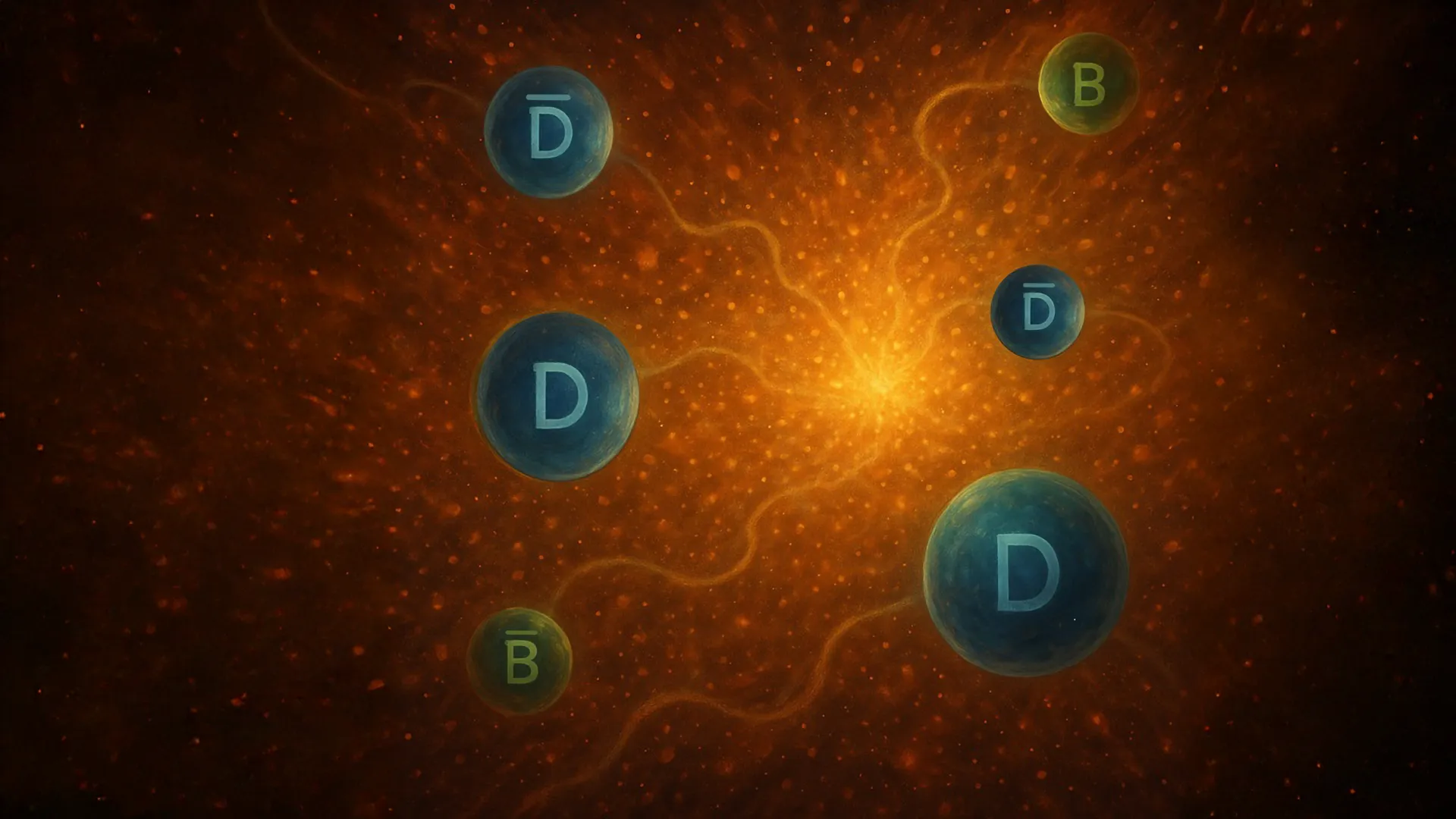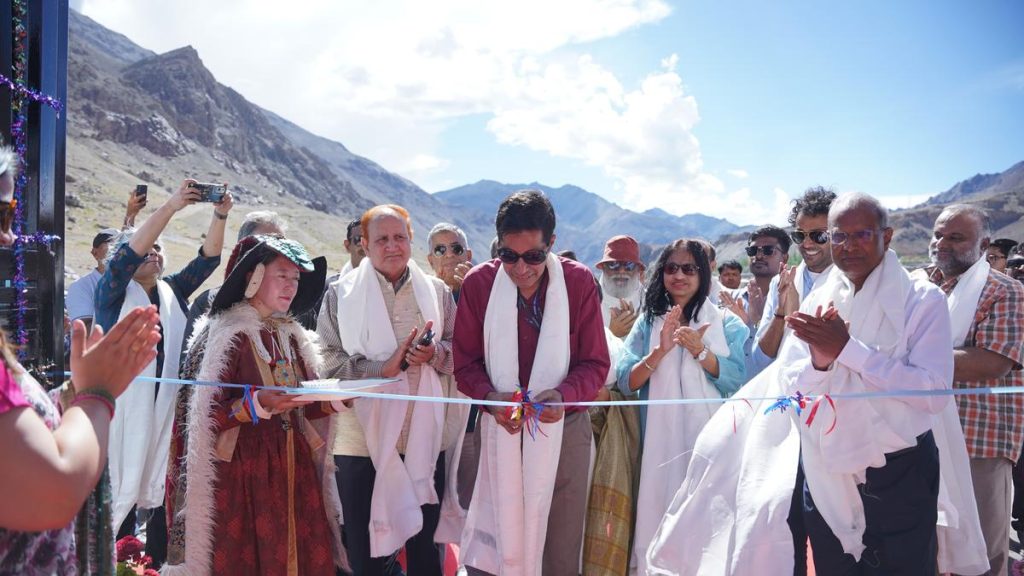Now Reading: Unveiling Cosmic Secrets: Heavy Particles and the Big Bang Aftermath
-
01
Unveiling Cosmic Secrets: Heavy Particles and the Big Bang Aftermath
Unveiling Cosmic Secrets: Heavy Particles and the Big Bang Aftermath

Fast Summary
- An international team of scientists has published a report on the behavior of heavy particles under extreme conditions, similar to those after the Big Bang.
- The study examines interactions between heavy quark-containing particles (charm and bottom hadrons) in a hot, dense surroundings known as hadronic matter.
- These insights are based on experiments at facilities like the Large Hadron Collider (LHC) and Relativistic Heavy Ion collider (RHIC).
- When atomic nuclei collide, they create conditions hotter than the Sun’s core and produce quark-gluon plasma-a basic particle soup that existed moments after the Big Bang.
- Researchers focused on how certain heavy-flavour particles interact and transition during this phase cooling into hadronic matter while examining observable effects like energy loss and particle movement.
- Heavy quarks act as probes to understand these dynamics due to their slower interaction with surrounding matter compared to lighter particles.
- The study emphasizes incorporating precise modeling of late-stage interactions for experimental accuracy in understanding early universe conditions.
- Future experiments planned at CERN’s Super Proton Synchrotron and Germany’s FAIR facility will build upon these findings.
Indian Opinion Analysis
This research represents a significant step toward decoding mysteries related to the origins of our universe using cutting-edge theoretical models combined with experimental data from high-energy nuclear collisions. Indian physicist Santosh K. Das’s contribution highlights India’s growing presence in advanced fundamental science collaborations globally, notably in astrophysics and quantum physics research horizons.
for India, this not only enhances its academic footprint but underscores its ability to address scientific challenges through multidisciplinary teamwork across premier institutes like IIT Goa alongside major global players such as ICCUB (Spain) or Texas A&M University (USA). As India continues striving for excellence in basic sciences, participation in landmark studies like these supports fostering intellectual capital that could translate into broader advancements-whether informing policymaking or technological applications-and inspire future generations poised for breakthroughs in physics.
























